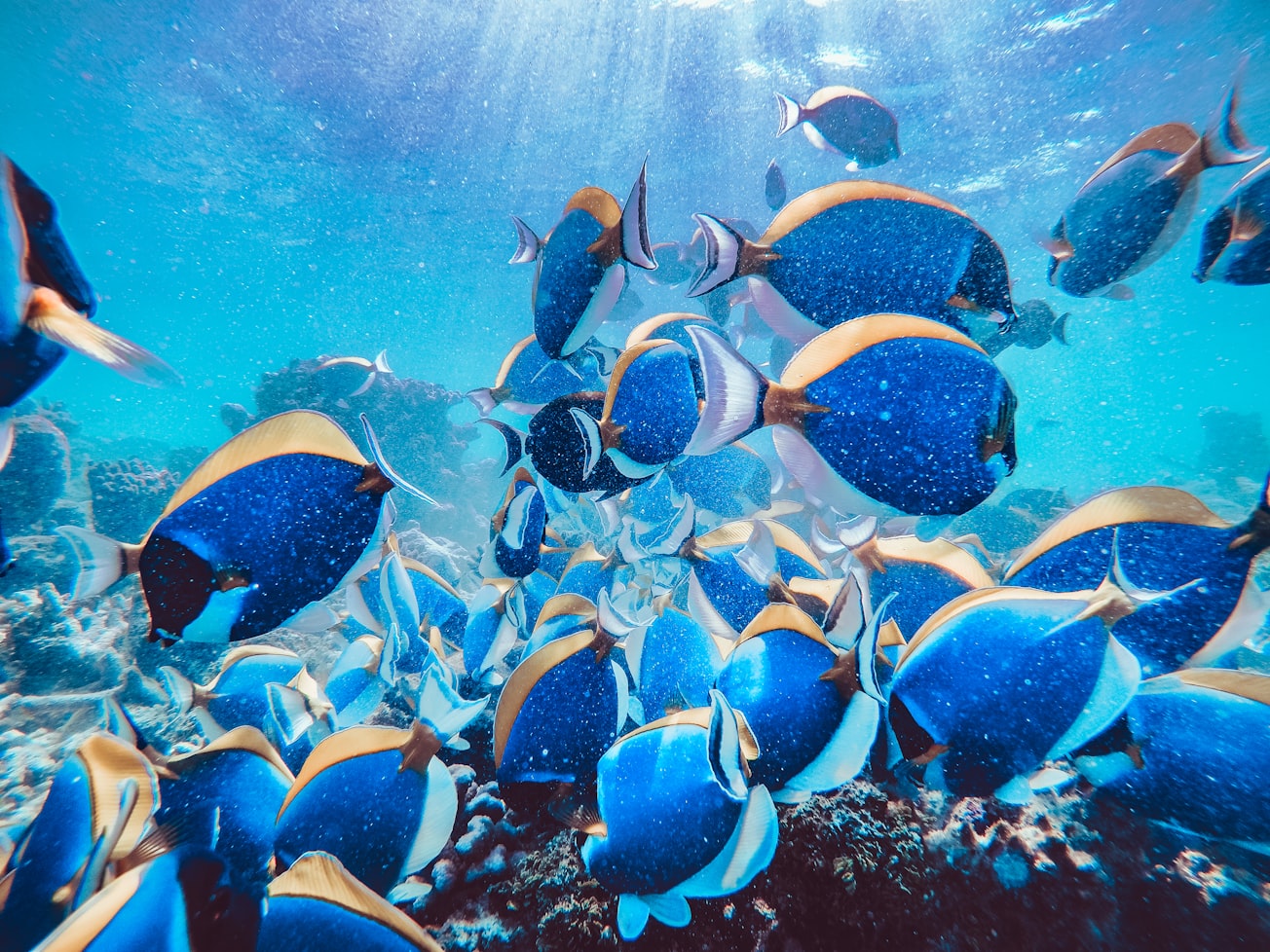What is it about?
Some areas of the ocean floor have higher levels of dissolved carbon dioxide than others. These are called carbon dioxide seeps. Carbon dioxide seeps have diverse and unique animals living in them. In the future, the oceans will contain more carbon dioxide. This is because of the carbon dioxide in the air due to climate change. Studying carbon dioxide seeps can give us a picture of what ocean life will look like in the future. Japan has a lot of carbon dioxide seeps along its coast. In this study, researchers looked at the diversity of animals in carbon dioxide seeps. They studied seeps which have normal levels of carbon dioxide, as well as seeps with high levels of carbon dioxide. They found that there were fewer animals in seeps with high levels of carbon dioxide. They also found that there were fewer types of animals in these areas.
Featured Image

Photo by yang wewe on Unsplash
Why is it important?
Global warming and climate change are having a major impact on life on Earth. 75% of the Earth is covered in oceans. These oceans are home to a very diverse range of species. Marine life is an essential part of many food webs and ecosystems. It also stores carbon and filters water. Moreover, marine life is important to the economy. This study shows that higher carbon dioxide levels are putting marine life in danger. More studies on carbon dioxide seeps will let us predict how climate change can affect marine life in the future. KEY TAKEAWAY: Reducing carbon dioxide emissions will help keep our oceans diverse and full of life. This will in turn help us by improving water quality, carbon storage, and ocean-based industries like fisheries.
Read the Original
This page is a summary of: Decreased Diversity and Abundance of Marine Invertebrates at CO2 Seeps in Warm-Temperate Japan, ZOOLOGICAL SCIENCE, January 2022, Zoological Society of Japan,
DOI: 10.2108/zs210061.
You can read the full text:
Contributors
Be the first to contribute to this page







